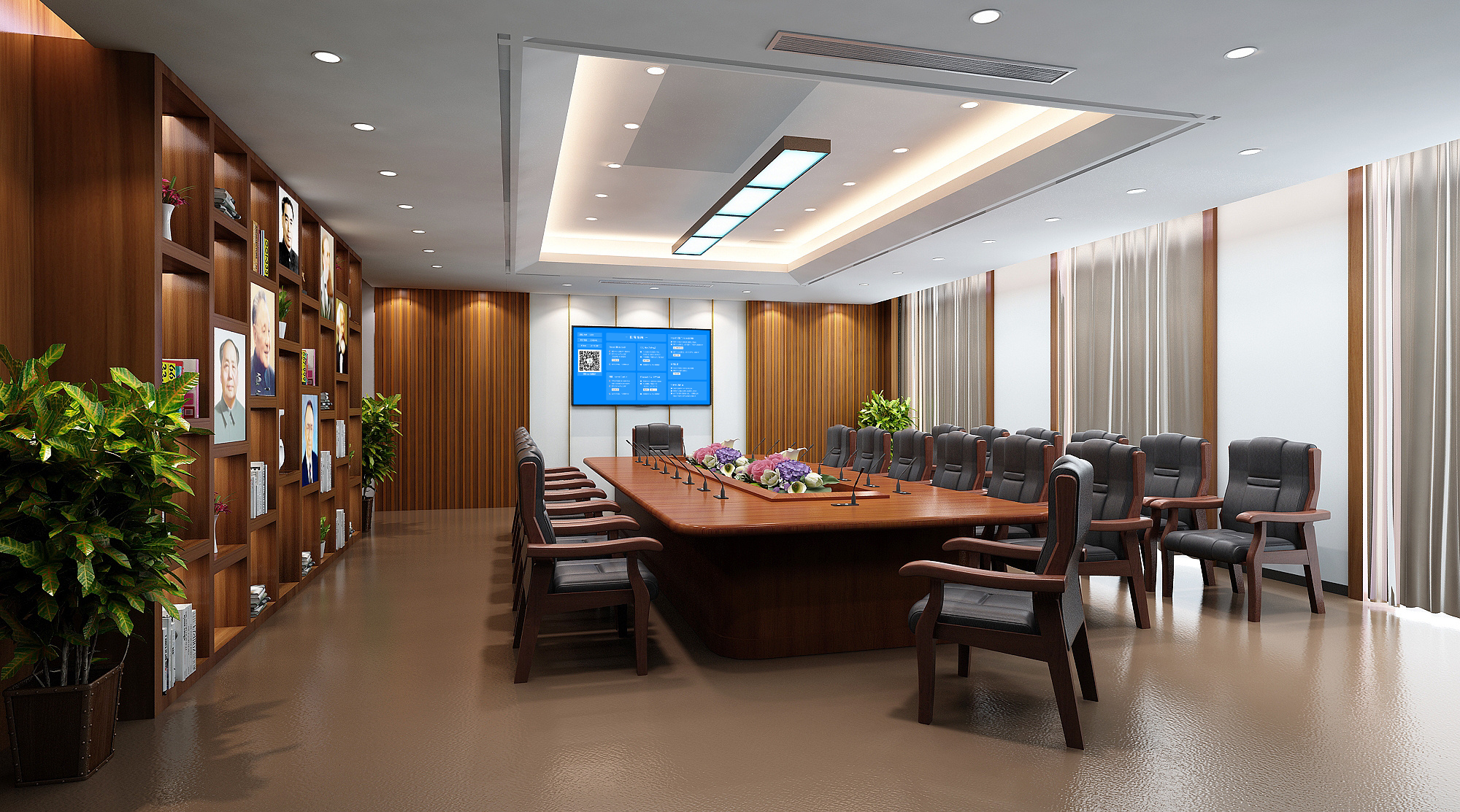- Mobile Screen Mirroring: Simple to operate. It usually starts with one click from the quick settings menu, making it ideal for quickly sharing photos, videos, or app content.
- Computer Screen Mirroring: Involves slightly more steps, requiring setup in the system. However, it is suitable for long-duration, complex document presentations or software operations.
- Mobile Screen Mirroring: Mostly uses screen mirroring, with the same aspect ratio as the mobile phone. This may result in black bars on the large screen.
- Computer Screen Mirroring: Supports “Duplicate” and “Extend” modes. The “Extend” mode is particularly useful—it allows the large screen to act as a second monitor, enabling you to present on one screen while handling other tasks on the computer.
- Sharing videos and photos for home entertainment.
- Quickly displaying mobile phone data during meetings.
- Students sharing mobile assignments in interactive classrooms.
- Formal meeting presentations, such as PPT reports.
- Teachers conducting software teaching or document explanations.
- Professional demonstrations that require operating multiple windows simultaneously.
Mobile screen mirroring excels in flexibility and speed, while computer screen mirroring is strong in professionalism and efficiency. Choosing flexibly based on your specific needs, or using both in combination, can maximize the value of wireless screen mirroring.

